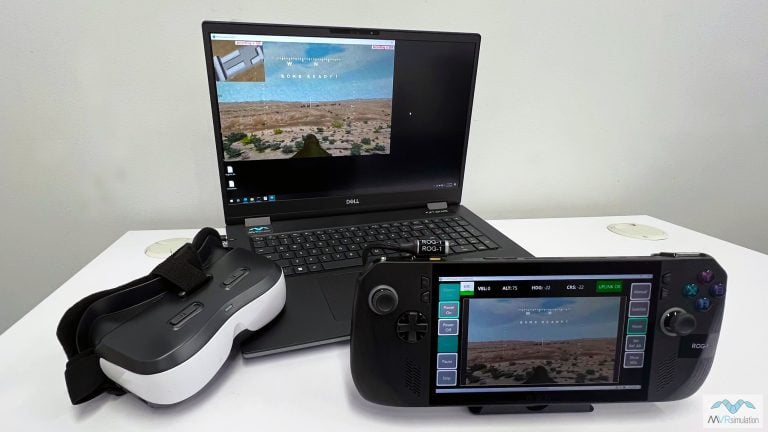The US Space Force has officially approved the Advanced Tracking and Launch Analysis System (ATLAS), a vital development by L3Harris, for operational use. This modern system is set to replace the long-serving Space Defense Operations Center, which has been in operation for over three decades.
Designed to enhance space operations, ATLAS offers advanced tools for monitoring orbital activity, facilitating more informed decision-making, and ensuring secure communications and data processing links. The approval result follows an extensive evaluation of ATLAS’s performance and readiness, confirming its capacity for full deployment within space operations centers.
ATLAS represents a significant milestone in the Department of Defense’s approach to software acquisitions, being one of the first programs to adopt new development pathways. The Space Force Program Executive Office for Battle Management, Command, Control, Communications, and Intelligence is tasked with overseeing the system throughout its lifecycle.
Furthermore, the administration and maintenance of ATLAS falls under the Space Operations Command’s Mission Delta 2, which will also handle any future upgrades necessary for the system’s continued evolution.
Lt. Col. Amber Johnson, commander of the 2nd Sustainment Squadron under Space Operations Command’s Mission Delta 2 – Space Domain Awareness, remarked on the importance of ATLAS, stating that its operational acceptance marks a revolutionary advancement for warfighters. She emphasized that the system provides a crucial advantage in Space Domain Awareness, enhancing the military’s capacity to detect and respond to emerging threats swiftly, thereby ensuring continued space superiority.
L3Harris is positioned as a pivotal partner in US initiatives aimed at fortifying space domain security and enhancing command and control capabilities. In March, the Space Force awarded L3Harris a substantial contract extension worth $90 million to perpetuate the modernization efforts for ATLAS. This development builds on a previous agreement from 2022, valued at $49.7 million, which focused on incorporating advanced astrometric tools to better the space command and control capabilities of the US military.
















